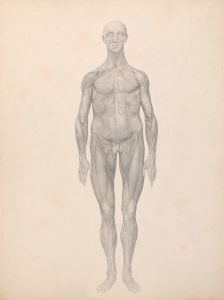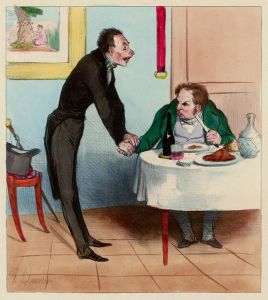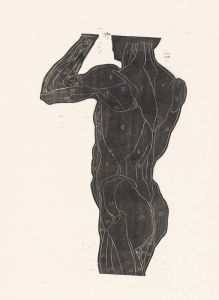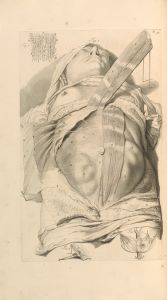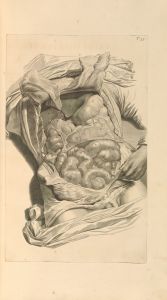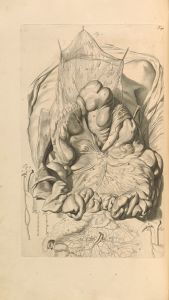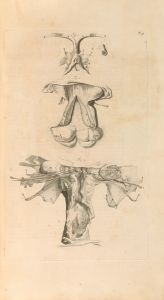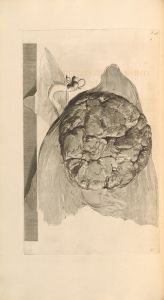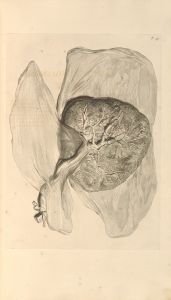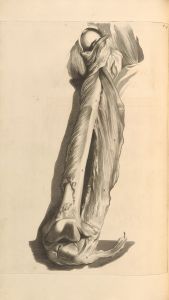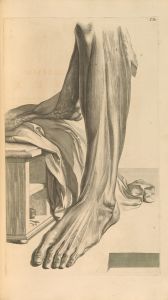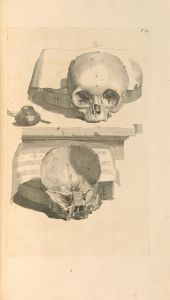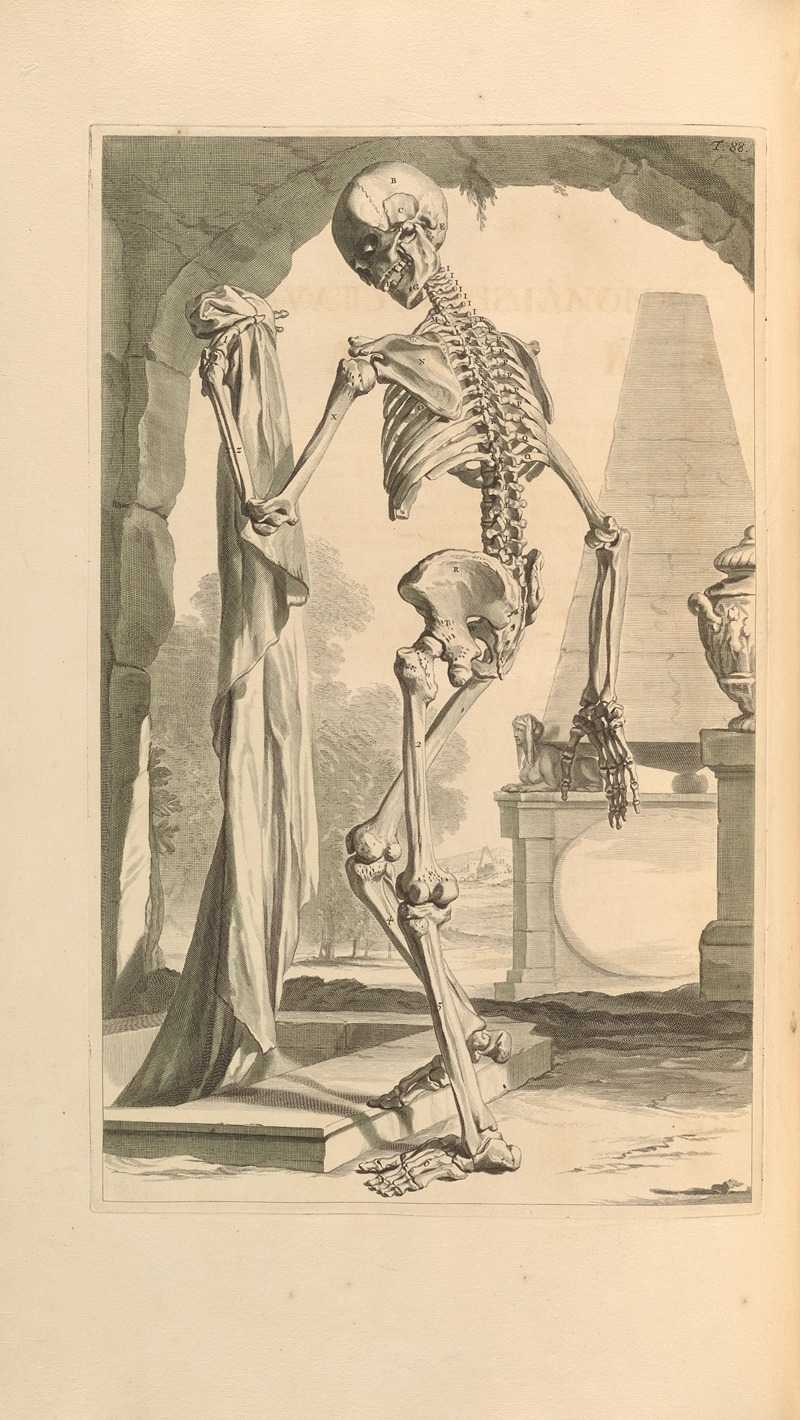
Anatomia humani corporis Pl.089
A hand-painted replica of Gerard de Lairesse’s masterpiece Anatomia humani corporis Pl.089, meticulously crafted by professional artists to capture the true essence of the original. Each piece is created with museum-quality canvas and rare mineral pigments, carefully painted by experienced artists with delicate brushstrokes and rich, layered colors to perfectly recreate the texture of the original artwork. Unlike machine-printed reproductions, this hand-painted version brings the painting to life, infused with the artist’s emotions and skill in every stroke. Whether for personal collection or home decoration, it instantly elevates the artistic atmosphere of any space.
Gerard de Lairesse (1640–1711) was a Dutch Golden Age painter and engraver, known for his classical and anatomical works. One of his notable contributions to the field of anatomy is his collaboration with the Dutch anatomist Govard Bidloo. Together, they produced the anatomical atlas Anatomia Humani Corporis (The Anatomy of the Human Body), published in 1685. This work is considered a significant achievement in the history of anatomical illustration.
The plate Anatomia Humani Corporis Pl.089 is one of the detailed engravings included in this atlas. De Lairesse created the illustrations based on dissections conducted by Bidloo. The atlas contains 105 copperplate engravings, each meticulously crafted to depict the human body with scientific precision and artistic skill. Plate 89 specifically focuses on a particular anatomical structure or region, though the exact content of this plate is not described here. The illustrations in the atlas are notable for their combination of artistic elegance and medical accuracy, reflecting the scientific advancements and artistic sensibilities of the 17th century.
De Lairesse's work on the atlas demonstrates his ability to translate complex anatomical details into visually comprehensible and aesthetically pleasing images. His classical training and artistic background are evident in the dramatic poses and compositions of the figures, which often resemble classical sculptures. This approach was typical of the period, as it sought to elevate scientific works to the level of fine art.
The Anatomia Humani Corporis was groundbreaking for its time, but it also faced criticism for its artistic embellishments, which some argued detracted from its scientific utility. Despite this, the atlas remains an important historical document, illustrating the intersection of art and science during the Dutch Golden Age. De Lairesse's contributions to the project solidified his reputation not only as a painter but also as an illustrator capable of bridging the gap between these two disciplines.
Today, the atlas, including Plate 89, is studied both for its historical significance in the field of anatomy and for its artistic merit. It serves as a testament to the collaborative efforts of artists and scientists in advancing human understanding of the body during the 17th century.





